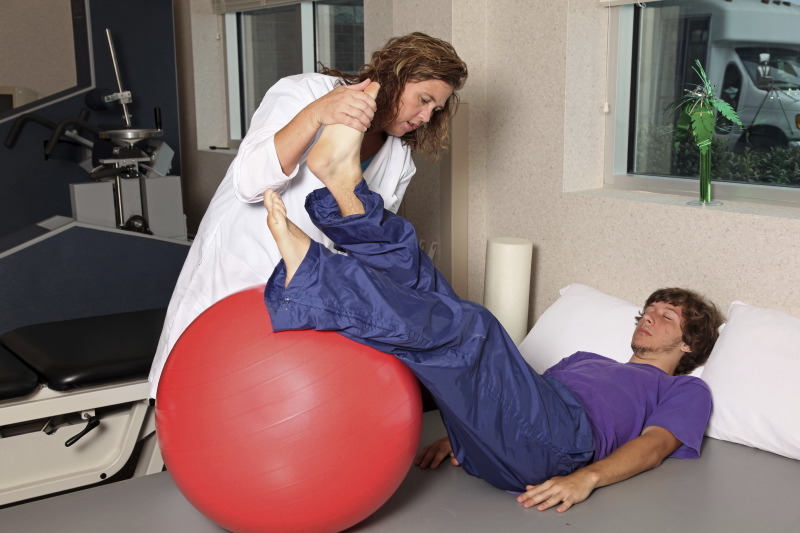
5 Ways Physical Therapy Helps You Recover
Getting an injury or having a surgical procedure can easily put you in a negative mental state. Sometimes it feels like you may never be able to get back to the “old you.”
The good news is that lots of people can feel this way, but they get help. A physical therapist is an expert at helping people recover from serious injuries or surgery. Physical therapists can even help lessen the pain or discomfort of common injuries related to strain or repetitive stress. Here is how:
Targeted Muscle Building and Stretching
Your body is like an extremely complicated machine. Many components of your muscles, bones and connective tissue, collectively known as the musculoskeletal system, work together with nerves to drive motion. There will often be several muscle groups and multiple bones involved in a simple action like reaching up to scratch your nose.
For people who have had injuries, surgery or chronic problems, an element of these systems might be out of line, therefore causing severe problems in other parts of the body. For instance, a sore ankle can cause an overcompensated walking gait, causing pressure on the hip upwards to the lower spine.
Physical therapy targets these problem areas and tries to bolster them with highly-specific exercises and movements. Patients build muscles in areas that help strengthen their overall movement, and they stretch deeply to pull overly-tight areas back into a more comfortable and natural state.
Promoting Balance and Range of Motion
The ultimate goal of stretching and exercising is to be able to perform common movements. For an athlete, this could be throwing a shot put. For the average person, it just could be sitting down without experiencing back pain.
With strengthened muscles and more flexibility from stretching comes better posture. The body is able to hold itself in ways to prevent losing balance or making “tight” movements that could result in injury.
Backing up these simple exercises are more complex activities designed to regain or add to range of motion. Patients may be encouraged to walk up ramps or swing their arms in wide circles to break through any movement limitations and leave you feeling more mobile than ever before.
Injury Prevention
Another goal of rehabilitative exercises and activities is to prevent further injury down the road. Often times an athlete will hurt something like an ankle because their legs are much stronger than their calves and ankle ligaments or tendons. By strengthening the area and stretching to relieve pressure, the athlete — or even an average Joe — can have stronger, sturdier ankles that are less prone to injury.
Pain Management
One element almost all physical therapy patients have to break through is pain. Stretching, exercising and mobility activities will help in the long run, but sometimes the pain is so bad that something must be done sooner. Heat and cold therapy, ultrasound, electrical stimulation and other similar procedures can eliminate short term pain and make exercising and therapy more effective.
Having Someone to Work You Through It
A doctor could easily print you a packet of exercises and send you on your way to substitute a large portion of physical therapy. This type of program would likely not work, though.
First, exercises must be performed in a precise way to make the condition better rather than worse. Second, you have someone to motivate you through the actions even when they start to get tough, keeping you honest and consistent.
Third, a physical therapist is encouraging. As mentioned in the beginning, many people with degraded movement from injury can feel disheartened about their condition, even depressed. A physical therapist can warmly guide you through the process and help you break through your mental as well as physical barriers. They truly are there to help and make you feel better, both outside and in.
You can see a list of our preferred therapists and their areas of expertise by clicking here.



